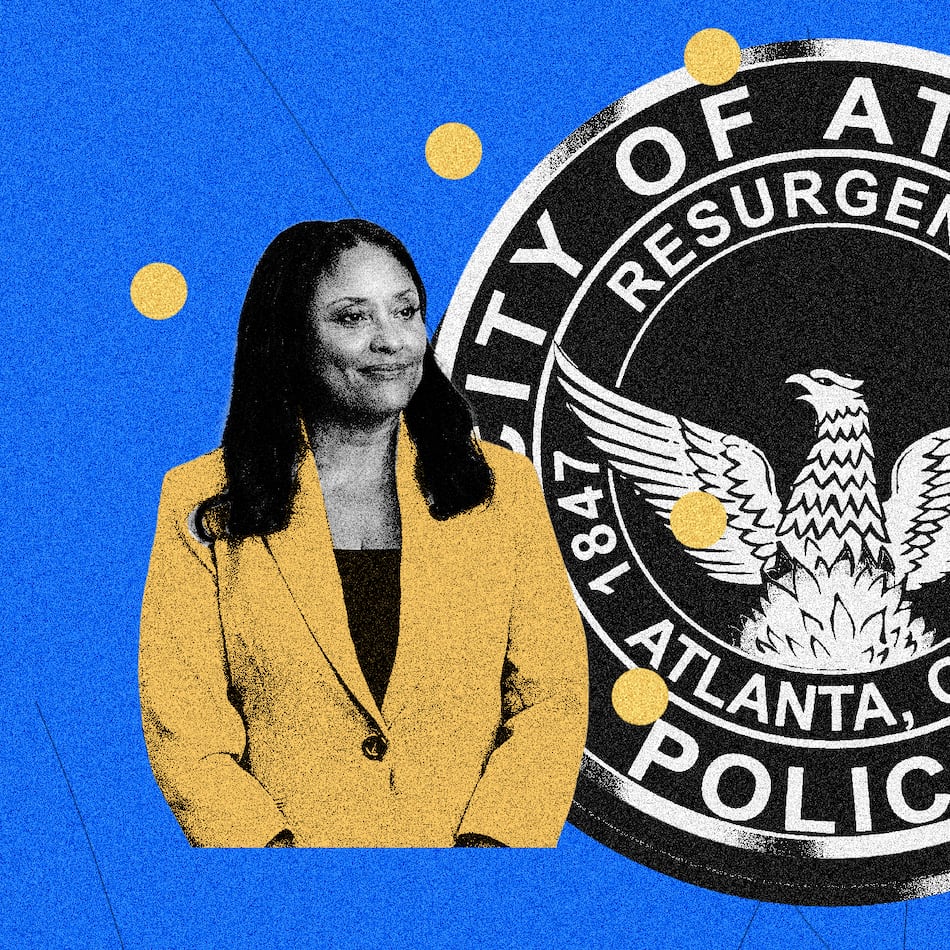NEW YORK (AP) — Toby Talbot, a great patron of art house cinema who with her husband, Dan, helped introduce movie lovers to celebrated works from Jean-Luc Godard,Pedro Almodóvar and hundreds of other international filmmakers and to American favorites old and new, has died at age 96.
Talbot died Sept. 15 at her home in Manhattan, The New York Times reported Monday. The cause was complications from Guillain-Barré syndrome, an autoimmune disease.
The Talbots, through their distribution company, New Yorker Films, and such prominent Manhattan theaters as The New Yorker and Lincoln Plaza Cinemas, were a prolific force behind the transformation of movies in the 1960s and '70s from popular entertainment to an art form regarded with the seriousness of literature or painting. Martin Scorsese, Pauline Kael, Wim Wenders and Susan Sontag were among their many friends and customers, turning up for the latest Godard release, a documentary about Sen. Joseph McCarthy or a double feature of Cary Grant movies.
“The New Yorker was a very special place. It was a place of communion, where the customers, the owners, the programmers, and the filmmakers seemed to be part of the same family,” Scorsese wrote in the foreword to Toby Talbot's memoir, “The New Yorker Theater,” which came out in 2009. “Dan and Toby were right there on the front lines, showing films ... distributing films, sticking their neck out on pictures by Godard and Bertolucci and Fassbinder and Straub and Huillet and Oshima and Sembene.”
The New Yorker theater had a special role in movie history, as the setting for a classic scene from Woody Allen's “Annie Hall”: While Allen and Diane Keaton wait on line in the lobby, they overhear a fellow moviegoer's pedantic thoughts on the Canadian philosopher-media theorist Marshall McLuhan, who turns up in a cameo to rebuke the man.
For foreign language directors or for such contemporary American filmmakers as Allen or Jim Jarmusch who depended on the art house market, support from the Talbots was essential. The feature releases they championed were a template for cinephiles: Satyajit Ray's “Pather Panchali” and Jarmusch's “Stranger Than Paradise,” Yasujiro Ozu's “Late Spring” and Werner Herzog's “Aguirre, the Wrath of God.” The Talbots also helped inspire a reevaluation of Hollywood's past, with retrospectives of Preston Sturges, Humphrey Bogart and Buster Keaton among others.
The Talbots' art house dreams started in a car
Toby Talbot was born Toby Tolpen, a native New Yorker who met her future husband in 1949, went to the movies with him on dates and married him the following year. (They had three children). In the 1950s, Dan Talbot worked as an editor at Gold Medal Books among other jobs and Toby Talbot was an editor and translator.
Their art house years began spontaneously, on a road trip. The Talbots had been thinking about opening a book store in New Hampshire, but while driving north to look for possible locations they found themselves talking about the movies they loved. Soon after, Toby Talbot's sister and brother-in-law mentioned that their accountant wanted to buy a theater on Manhattan's Upper West Side. The Talbots convinced him to let them run it, on the condition that after a year they would have turned a profit.
The New Yorker Theater opened in March 1960, starting with Laurence Olivier's “Henry V” and the French release “The Red Balloon.” The theater was a hit with critics and the general public, who loved not just the blend of foreign and American movies, but the New Yorker's decorative touches, whether the mural designed by Jules Feiffer or the wall of black and white photos of Greta Garbo, Gloria Swanson and other stars. One summer night, Swanson herself emerged from a white limousine and headed inside for a showing of her most famous movie, “Sunset Boulevard,” while pausing first to look at the gallery of pictures.
“She lit up on finding herself in that stellar company and promptly checked her aging self on the mirrored wall, still angling for the best profile,” Talbot wrote in her memoir.
An art house empire
From The New Yorker, the Talbots expanded into bookselling, film distribution and additional venues. They opened a short-lived New Yorker bookstore and theaters on Manhattan's Upper East Side and Upper West Side. In 1964, the Talbots were so impressed by a New York Film Festival screening of “Before the Revolution,” Bernard Bertolucci's debut feature, they launched New Yorker Films so they could release it themselves.
Over the next 40 years, they acquired hundreds of films, from Senegalese director Ousmane Sembene's “Black Girl” to Federico Fellini's “City of Women.” Some releases enjoyed commercial success, such as the Wallace Shawn-Andre Gregory collaboration “My Dinner With Andre” and the Japanese comedy “Tampopo.” Others set off broader discussions, notably Claude Lanzmann's epic Holocaust documentary, “Shoah,” which the Talbots premiered in the U.S. in 1985.
As the Talbots aged, the competition increased and the appeal of foreign films declined; their business holdings also contracted. The New Yorker theater closed in 1973 and they shut down New Yorker Films in 2009 (it was reopened later under new ownership). More recently, they ran just one theater, the six-screen Lincoln Plaza Cinemas. Dan Talbot died in 2017, just days after the building's landlords declined to renew the lease for Lincoln Plaza.
“A movie house is not just a structure of brick and stone,” Toby Talbot wrote in her memoir. “It is a chamber where images captured in a much smaller one (the camera) survive on a screen. Movie scenes and images haunt my mental landscape with the fore of real life and dreams. Unbeckoned they surface.”
Keep Reading
The Latest
Featured


